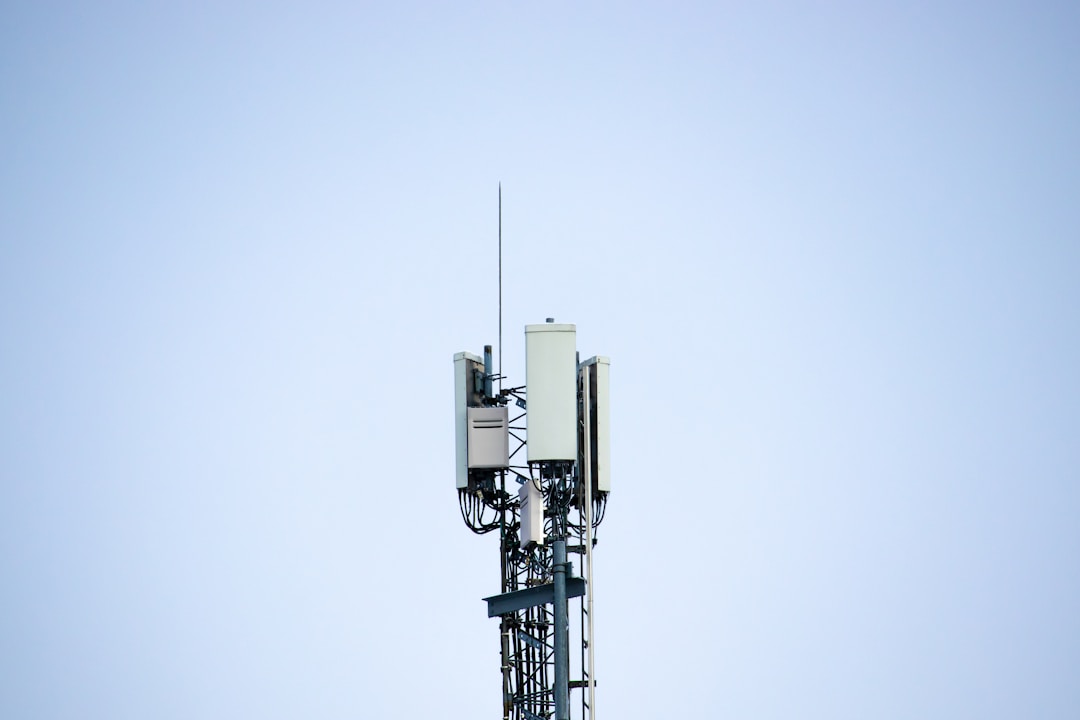Understanding Distributed Antenna Systems
In the modern digital era, technological evolution is at the core of our communication network. One such development is the deployment of Distributed Antenna Systems (DAS). These systems not only promise improved connectivity but also offer efficient and reliable network expansion. Keep reading to gather a comprehensive understanding of DAS systems.
Unraveling the Meaning of Distributed Antenna Systems

A DAS system is an advanced communication mechanism that improves coverage through the distribution of multiple antennas. The goal of a DAS is to amplify the signal strength of mobile networks, ensuring optimal connectivity.
Instead of depending on a singular tower, a DAS spreads out myriad smaller antennas across a particular area. This design technique allows for a more focused and flexible approach to delivering network coverage. DAS networks are a common infrastructure in crowded urban areas, large buildings, and stadiums. They help in overcoming obstacles that might prevent signals from being sent or received accurately.
As communication technology advances towards 5G, the use of distributed antenna systems is bound to increase due to its efficiency in dealing with high-density network demands.
The Fundamental Operational Mechanism of DAS
To comprehend the operational mechanism of DAS, it’s crucial to understand its structure. The backbone of a DAS consists of antennas strategically distributed to boost network connectivity. The primary function of the DAS is to capture a signal from a source or base station. This signal, which can either be wireless or through a carrier line, is then relayed to the distributed antennas. The received signal is subsequently rebroadcasted to improve coverage.
By disaggregating the signal transmission process, DAS networks can provide optimized coverage regardless of physical obstacles. They are capable of adapting to environmental changes speedily and expertly. In comparison to traditional communication systems, DAS offers efficient propagation of signals, reduced interference, and improved overall network performance.
What Are The Key Components of Distributed Antenna Systems?

DAS architecture comprises four key components: the signal source, baseband unit, remote units, and multiple antennas.
The signal source, typically a base station or service provider’s network, is the origin of the signal. In some cases, an off-air signal can also be utilized as a source.
The baseband unit, or the head-end system, is where the real magic happens. It takes the initial signal and processes it for distribution. This processed signal is then forwarded to the remote units across the network.
The remote units receive the processed signal from the baseband and pass it onto antennas. The antennas then rebroadcast the signals, thereby extending the network coverage.
Understanding The Different Types Of DAS
Based on their configuration, DAS can be broadly classified into two types: Active and Passive. Active DAS, as the name suggests, are proactive players. They amplify the transmitted signals and offer a high level of control over the signal propagation. This higher control makes them ideal for large venues and multi-story buildings.
On the other hand, Passive DAS works by capturing the existing signals and rebroadcasting them. They are simpler in operation and relatively low-cost, making them a perfect choice for small to medium buildings.
Hybrid DAS, a mix of active and passive types, offers a balanced and cost-effective solution. It combines the robustness of active DAS with the cost-effectiveness of passive DAS.
The Vital Role of DAS in Today’s Digital Landscape
In the interconnected world of today, a stable and reliable network is of paramount importance. DAS ensures such seamless connectivity by effectively resolving signal loss due to physical obstructions and geographical limitations.
DAS’s role becomes especially consequential in high-traffic public spaces like hospitals, airports, educational institutions, and stadiums. A decline in cellular coverage in such spots is not only inconvenient but can become a safety issue. The scalability feature of DAS also makes it a future-proof solution. As businesses grow and more users are added to the network, DAS can adapt to the increasing load effortlessly.
Last but not least, DAS’s critical contribution to paving the way for 5G technology cannot be overstressed. Its inherent structure aligns with the requirements of 5G technology, making it an inseparable pair.
Overall, DAS is revolutionizing the communication landscape with its proficiency in ensuring consistent network coverage. Its significant role in shaping our digital neighborhood presents it as an indispensable player in the telecommunication industry.

